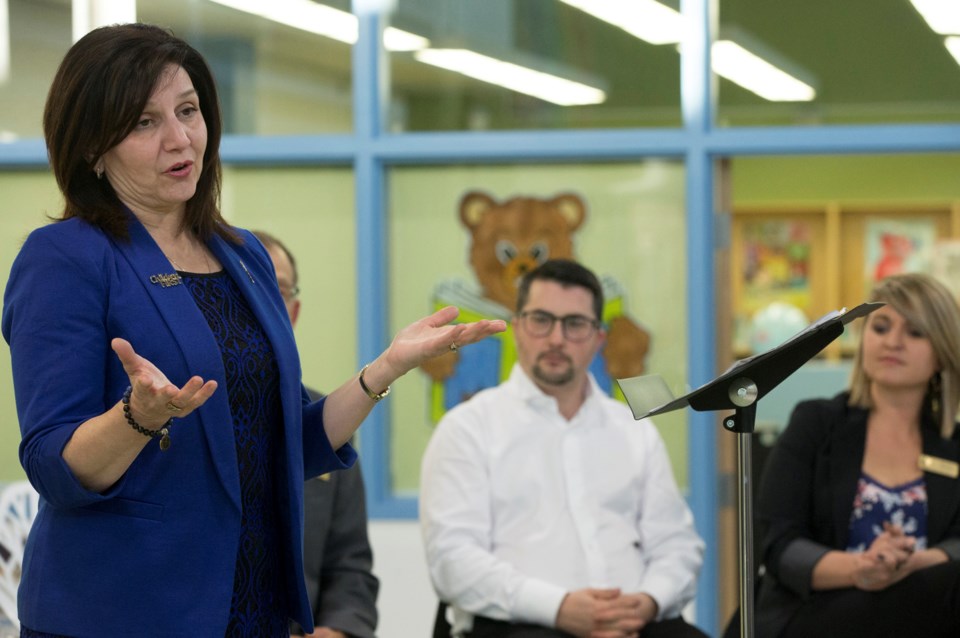INNISFAIL - The 11,000-student Chinook’s Edge School Division (CESD) has plans already in place to accommodate the recently announced update to the K-6 school curriculum, says Jason Drent, associate superintendent of learning services.
“We have designed a support plan,” Drent told the Albertan. “Last year we brought a team of teachers in during the summer for three days to create a support fund for out teachers moving forward.
“We have collaborative learning opportunities for staff to come together four times a year and we are going to maintain that structure into next year. The team we have present in learning services to support that work is going to continuing moving forward.”
The updated curriculum involves K-3 Science and K-3 French Immersion. School divisions will also have the option to implement new math and English curriculum for Grades 4-6.
In announcing the new curriculum, Minister of Education Adriana LaGrange said, “Curriculum renewal is essential to help prepare our students for a rapidly changing labour market, which is placing ever-increasing premium on adaptability and transferable skills.”
Under the new French First Language and Literature curriculum will involve spelling rules and specifying which types of texts are studied in each grade, while the enhanced French Immersion Language Arts and Literature content will align with the principles of learning an additional language and developing students’ creative writing skills.
Under the new science curriculum Grade 3 students will examine how layers of Earth’s surface, including the discovery and location of dinosaur fossils, hold information about the past.
Alberta Education has announced that next month school boards will be receiving additional funding to support teacher professional learning and teaching resources to support the new curriculum.
“We are excited for that and it will make a big difference,” Drent said.
In 2023-24 approximately $47 million is being invested in teachers' professional learning as well as learning and teaching resources to “make sure teachers and students are equipped for updated K-6 curriculum in classrooms,” said Minister LaGrange.
“To ensure successful implementation, we are making significant investments to provide teachers with the resources they need to support students in transitioning to the new curriculum,” she said.
The new funding works out to about $800 per teacher in support of professional learning, and about $45 per student to purchase additional curriculum resources to support the implementation, she said.
The 46,000-member Alberta Teachers Association voiced concerns with the new curriculum process.
“This government’s insistence on moving forward with additional curriculum rollouts indicates that the ministry is putting political expediency ahead of the real needs of our students and teachers,” said ATA president Jason Schilling.
“Our teachers need time to help students with their mental health and pandemic-exacerbated learning gaps. The last thing we need is additional unsupported curriculum to implement.”
Sarah Hoffman, NDP education critic, said parents should be concerned about the ongoing new curriculum process.
“Why are they hiding the social studies curriculum?” said Hoffman. “I believe they are afraid to tell Albertans what they’ve done with it util after the election.
“Danielle Smith and the UCP have extreme ideologies, the rollout of their curriculum has been botched, teachers have not been supported through the process.”
Meanwhile, Alberta Education has also announced an additional $126 million over three year to support students with diverse cognitive, social and emotions needs.
“Obviously any resources to help support our most at risk students is critically important moving forward,” said CESD’s Drent. “We are excited for any additional support that comes from the government to help our most at risk students.”
CESD is headquartered in Innisfail and has schools across the region.



